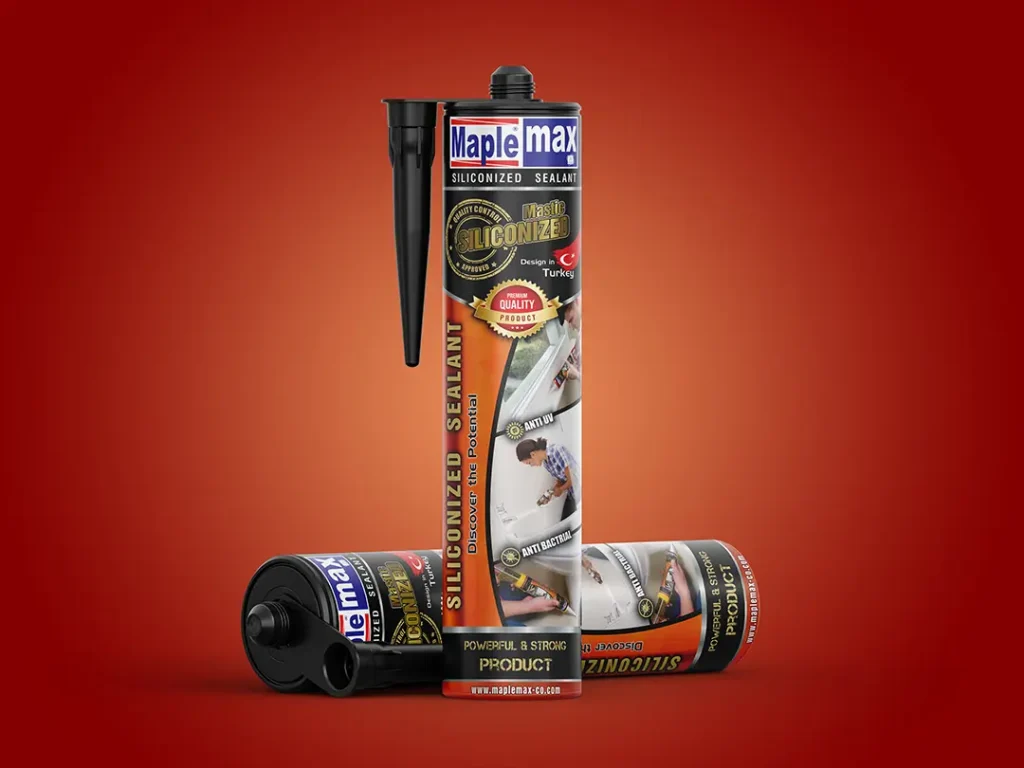Mastic Adhesive might not be a familiar term to you, but we constantly use it in construction and home repairs. If you are in the process of construction or renovating your workspace or home and are not familiar with different types of adhesives and their applications, we present to you one of the most commonly used construction adhesives: Mastic Adhesive!
Mastic adhesive has high adhesion strength to various materials such as stone, metal, and concrete. This has led to significant advancements in the construction field with the production of these adhesives. In this article, we will explore the applications of mastic adhesive and how to use it.
What is Mastic Adhesive?
Mastic adhesive, also known as mastic paste, is typically white and is used for filling gaps and connecting various surfaces such as tiles, ceramics, plaster, stone, brick, concrete, asphalt, metals, etc.
Mastic adhesive is one of the types of adhesives that are usually used for sealing gaps between tiles and ceramics, which is why it is also referred to as tile and ceramic sealant. Mastic is a type of material with high elasticity and is one of the sealing products used in many commercial and industrial environments.
In addition to filling gaps, this adhesive prevents moisture and contamination from penetrating the desired surface. Using this adhesive can serve as a protective layer against moisture and various contaminants on surfaces. This material is also produced artificially and is usually available in the form of a thin liquid, thick glue, or paste. In mastic adhesives, due to the presence of mortar in the composition, there is no gel-like consistency. Mastic adhesive is widely used by installers for waterproofing, insulating, and soundproofing PVC windows.

What are the Applications of Mastic Adhesive?
As mentioned, mastic adhesive is a liquid with high elasticity used for various applications. Some of the most important projects where mastic is utilized include:
- Bonding internal and external connections in buildings.
- Used in construction projects to attach windows to the structure.
- In construction, it is used, for example, for installing tiles and ceramics, connecting pipes and seals, and installing other fixtures.
- Since this adhesive remains flexible and elastic after drying and is not brittle, it is most used in areas with movement or vibration.
- Waterproofing tiles and surfaces in bathrooms and sanitary facilities, around faucets.
- Capable of bonding various surfaces including glass, wood, stone, etc.
- Applicable in various industries, especially the stone industry.
- Grouting materials like tiles, stone, and bricks.
- Repairing damaged concrete.
- Used in automotive bodywork and painting.
- Waterproofing water tanks, swimming pools, and water supply channels.
Other Applications of Mastic Adhesive
Mastic adhesive is used for wooden connections such as installing furniture, decorative connections, crafting wooden models, and installing cabinets and wooden parts. It is also applicable for metal connections.
In homes, this adhesive is used for small repairs, bonding various materials such as plastic, foam, paper, cardboard, and glass.
Due to its electrical insulating properties and temperature resistance, some types of mastic adhesive are used for electronic connections and assembly of electronic components. Given its strong adhesive properties and durability, it is also used in handicrafts and model making.
Additionally, some types of mastic adhesive have specific properties such as temperature resistance, waterproofing, and fast drying, making them suitable for special applications. It is important to carefully review the specifications and features of this adhesive before use and choose it based on the appropriate application type.
Features of Mastic Adhesive
- Mastic sealant has a long-lasting durability and can be used for extended periods.
- It offers exceptional adhesion to various building materials such as concrete and stone.
- It is non-toxic and can be safely used around faucets.
- Maintains flexibility in extreme heat and freezing conditions.
- Mastic adhesive dries quickly and can be painted over once dry.
- Resistant to environmental factors and sunlight.
- The consistency of these adhesives is very appropriate and does not drip.
- Does not cause corrosion and has a long lifespan.
- Capable of withstanding continuous and heavy pressure.
- Can be applied in thick layers.
Drawbacks of Using Mastic Sealant
As mentioned, mastic adhesive has high usability in areas with motion; however, if the movement is excessive, its effectiveness decreases. In other words, this adhesive does not have sufficient flexibility to withstand large movements. The thicker the application of mastic sealant, the higher the resistance it will have, so using it as a thin layer will not be effective.
How to Use Mastic Adhesive
Choosing and purchasing mastic sealant depends on its application. The application method and usage of mastic adhesive also play a crucial role in the performance of these adhesives, as only perfect connections can prevent costly errors and ensure longevity.
- First, clean the connection area and the gaps thoroughly.
- Gently apply mastic sealant in the connection area.
- Then smooth it out with a wet spatula or your finger.
- Clean the surrounding areas of the adhesive and the bonding spot with a wet spatula.
Important Tips When Applying Mastic
- Before working with mastic, ensure the surface is free from any contaminants, grease, and debris.
- Make sure the mastic is prepared and ready before use.
- It is advisable to wear work gloves and protective eyewear when working with mastic.
- Before applying mastic to the desired surface, pay attention to its temperature; some mastics require high temperatures, while others require low.
- Also, allow the necessary time for setting the specific mastic adhesive before use.
- For mastic to work effectively, it should be applied in a thick layer in the intended area; a thin layer will not yield good results.
Final Thoughts
Mastics are considered one of the types of materials that have multiple applications in the construction industry. The use of mastic can significantly enhance the appearance, strength, and durability and ultimately put the building connections in excellent condition. Thank you for joining us at Ana Chemistry Araz, the manufacturer of industrial and non-industrial adhesives, in this article.



